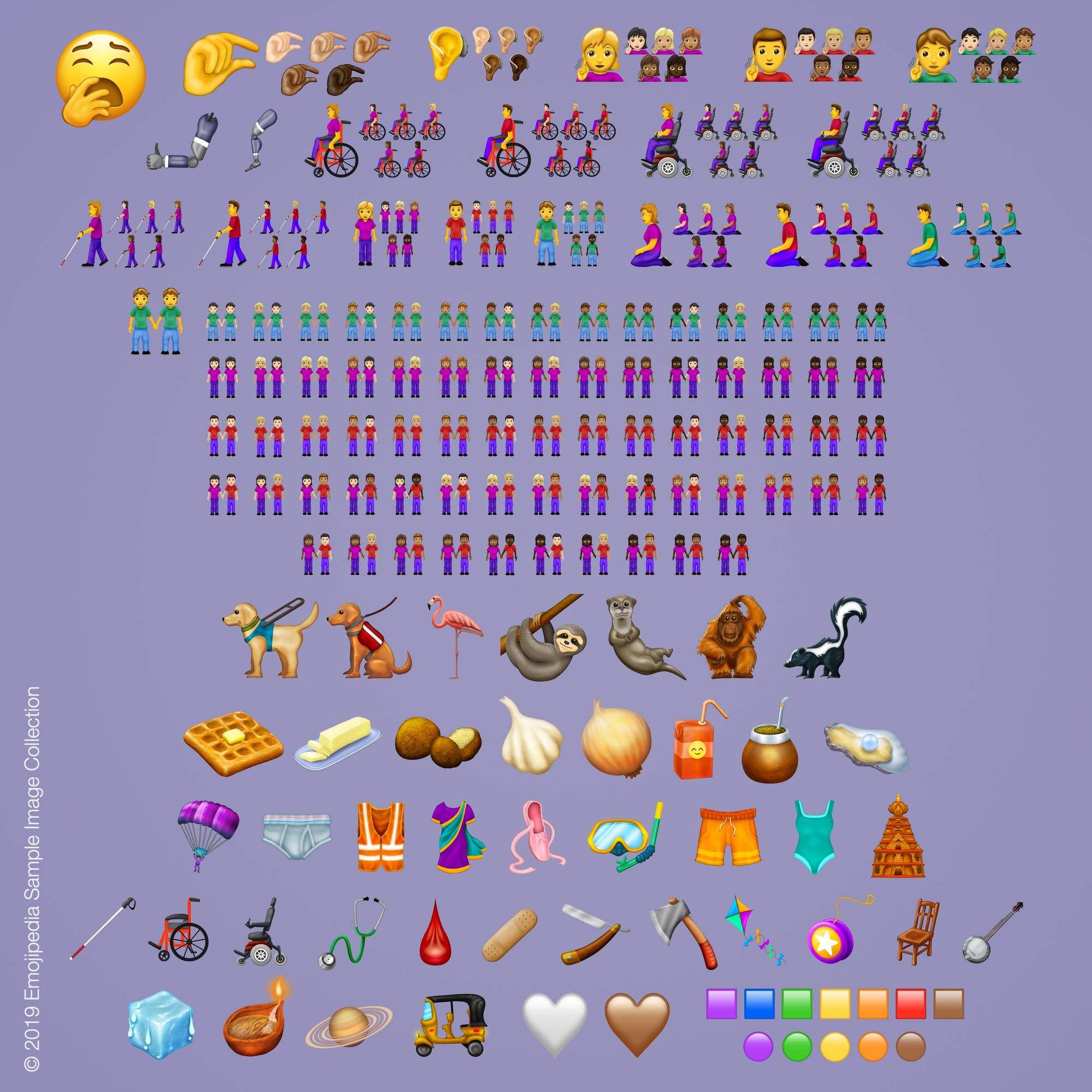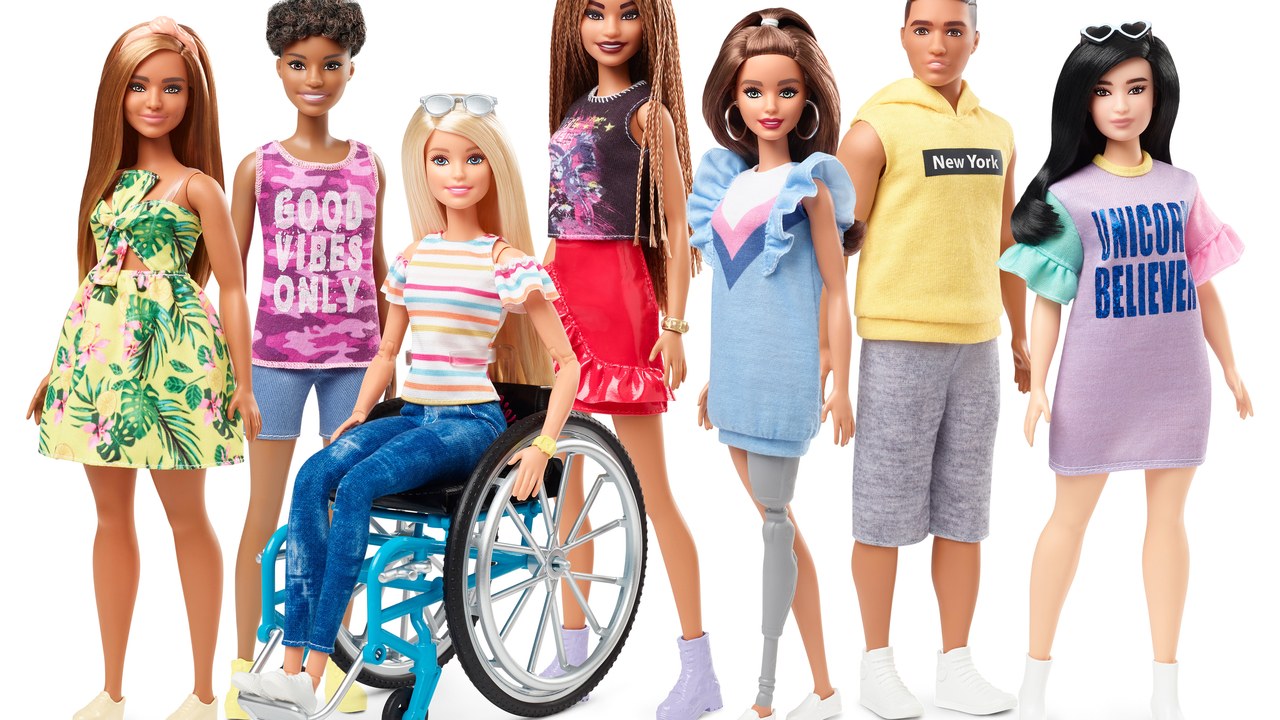Two major announcements on disability and inclusion have recently made waves on western social media: the arrival of new inclusive emojis, and Barbie’s newest friends with disabilities.
Earlier in February, The Unicode Consortium, a computing industry standard for consistent representation of text, released its approved list of Emoji 12.0, comprised of 230 distinct icons, including a wheelchair user, prosthetic limbs, and even guide dogs, as well as gender variations and skin tone options.
Other categories like animals, food, and culture also received new additions, including a flamingo, cloves of garlic, and a Diwali lamp.

The new emojis will be rolled out beginning March 5 after Unicode’s update and will be available on different mobile platforms starting April.
Also in February, American toy manufacturer Mattel introduced the newest members of the Barbie Fashionista line: dolls with varied hair textures and different body types, as well as a doll with a wheelchair and another with a removable prosthetic leg.
The announcement came several weeks before the 60th anniversary of the first public appearance of Barbie.
Mattel told Teen Vogue it had worked with the University of California, Los Angeles (UCLA) to design the wheelchair, and enlisted the help of a teenager with a prosthetic arm for details about prosthetic limbs, to properly represent disabled people.
Mattel described the dolls that represent disability as “one of the most requested items through our consumer hotline” and said the newest Fashionistas will be available in the fall of this year.

Mattel first introduced dolls that represent disability in 1997 through Barbie’s friend, Share-a-Smile Becky in a shiny pink wheelchair. With 6,000 units sold during her first two weeks, Becky seemed to be an instant hit, until collectors and kids discovered that her wheelchair would not fit through the doors or the elevator of the Barbie Dreamhouse and other accessories.
The company retained the design of the Dreamhouse, and in 2017 stopped making Becky without any explanation. Some bloggers reckoned the “truth that is Becky didn’t fit into Barbie’s world” and that the move would be less expensive for Mattel than making redesigns just to let her fit. During the in-between years, however, Becky became a school photographer, learned sign language, and even competed at the Paralympics.
Tanya Farrol, co-founder of the Special Education Network in Beijing (SENIB), said the new Barbie dolls and the inclusive emojis are important advances that could help people with disabilities (PWD) see themselves represented in the world.
“This has a whole host of benefits for society and PWD, with the main benefit being that disabilities are visible and valuable. Too often PWD are trained on how to fit into an “able” society. [But] by celebrating our differences and making disabilities visible, people learn to take a sense of pride in who they are and foster a sense of positive identity,” she said.
Farrol sees the move, especially in the Barbie fantasy world, as promoting play that is more inclusive of PWD in society.
“With the Barbie fantasy world, all children learn that people come in all shapes and sizes, with or without prosthetic limbs or wheelchairs and promote play that is more inclusive of everyone in our society. Most importantly, these emojis and Barbies provide an opportunity for conversations about disabilities, further our understanding and challenge our views about PWD.”
Photos: Mattel via Teen Vogue, Emojipedia
